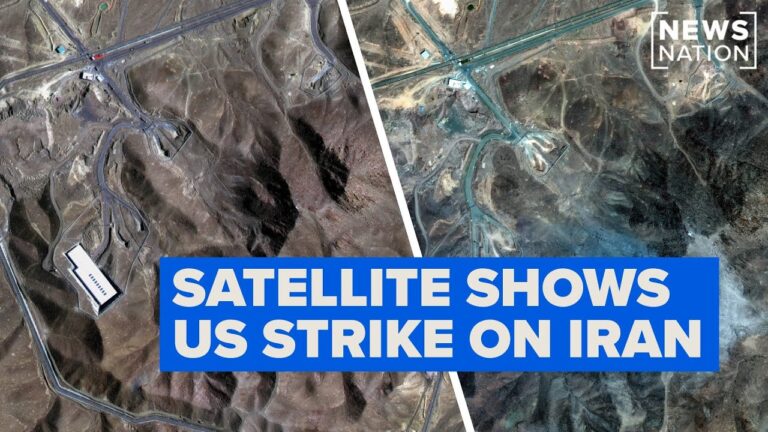Video at the bottom!
In a recent report from Tel Aviv, Robert Sherman provided key insights into the aftermath of military operations involving the United States and Iran. The Defense Secretary outlined the extensive planning that went into the operation, which saw aircraft traveling from Missouri to the region, executing a series of strikes on sensitive sites within Iranian territory. Remarkably, these aircraft returned without any reported engagement from Iranian defenses.
Sherman emphasized the implications of this operation, noting that it sends a clear message about the U.S.’s strategic reach. According to military officials, the capacity exists to target fortified positions in Iran, signaling a formidable presence in the region. The aftermath of these strikes has created a complex emotional landscape in the Middle East, with allies expressing anxiety while adversaries exhibit anger and bravado.
Notably, Sherman reported that despite the recent military actions, backchannel communications between Washington and Tehran remain open. The U.S. is still pursuing a diplomatic resolution, while acknowledging that prior hopes for diplomacy had diminished leading up to these strikes. The ongoing discussions indicate a desire from both parties to potentially revive a nuclear deal.
On the ground in Tel Aviv, the mood appears tense yet controlled. The Israeli Home Front Command has advised residents to stay indoors and limit non-essential activities. This caution is mirrored by the generally quiet streets, marking a stark contrast to the typical hustle of daily life in the city. Sherman noted ongoing collaboration between the U.S. and Israel, suggesting that regional developments are closely monitored and coordinated.
As tensions rise and uncertainty persists, Sherman’s report conveys a sense of urgency and anticipation regarding future actions in the region. Residents and international observers alike continue to watch closely, waiting for the next steps in an evolving geopolitical narrative.


